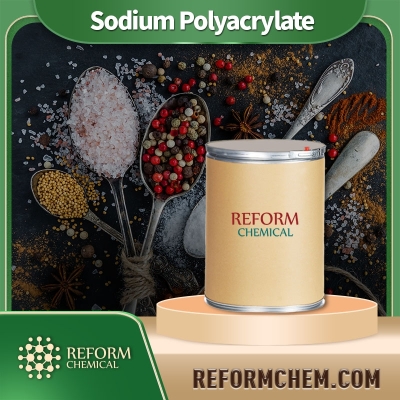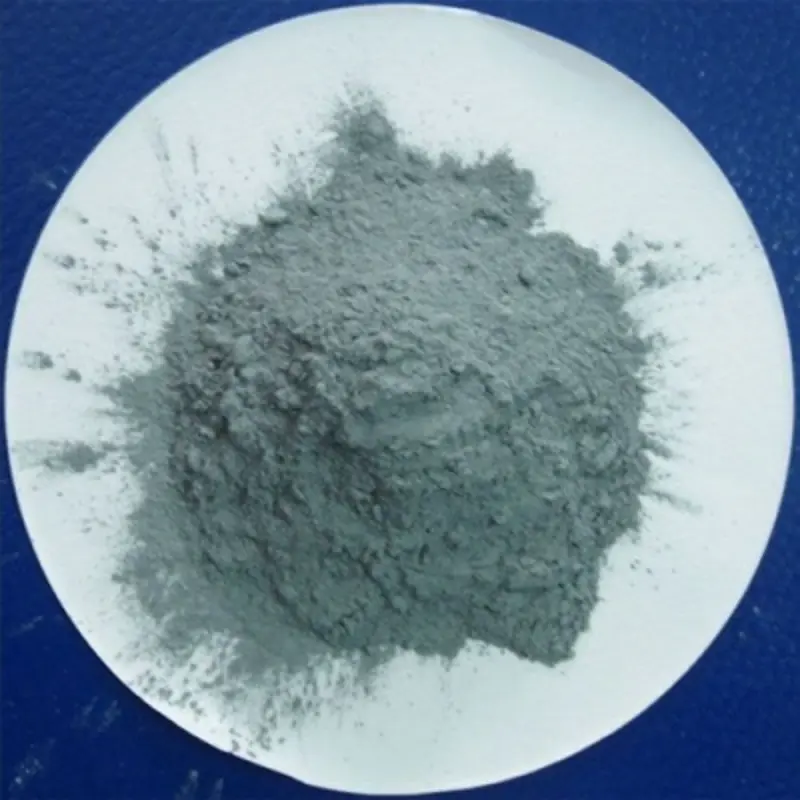-
Categories
-
Pharmaceutical Intermediates
-
Active Pharmaceutical Ingredients
-
Food Additives
- Industrial Coatings
- Agrochemicals
- Dyes and Pigments
- Surfactant
- Flavors and Fragrances
- Chemical Reagents
- Catalyst and Auxiliary
- Natural Products
- Inorganic Chemistry
-
Organic Chemistry
-
Biochemical Engineering
- Analytical Chemistry
-
Cosmetic Ingredient
- Water Treatment Chemical
-
Pharmaceutical Intermediates
Promotion
ECHEMI Mall
Wholesale
Weekly Price
Exhibition
News
-
Trade Service
1,2,3-Propanetricarboxylic acid, 2-hydroxy-, lead(2+) salt (2:3) is a chemical compound that is commonly used in the chemical industry.
It is a white or almost white, odorless, crystalline powder that is soluble in water.
This compound is used in a variety of applications, including as a catalyst in the production of polyester resins, as a solvent for various types of coatings and inks, and as a monomer in the production of polymers.
Despite its widespread use, the safety of 1,2,3-propanetricarboxylic acid, 2-hydroxy-, lead(2+) salt (2:3) has raised some concerns in recent years.
Lead is a toxic metal that can have serious negative effects on human health, particularly on the development of the brain and nervous system.
As such, the use of lead-containing compounds in the workplace and in consumer products is highly regulated.
In the United States, the Environmental Protection Agency (EPA) has classified lead as a hazardous substance, and the Occupational Safety and Health Administration (OSHA) has set strict limits on the amount of lead that can be present in the workplace.
To ensure the safety of workers and the public, the chemical industry must take strict precautions to prevent exposure to lead and other hazardous chemicals.
One of the primary ways that workers in the chemical industry can be exposed to lead is through inhalation of lead dust or fumes.
This can occur when lead-containing compounds are heated, melted, or otherwise processed, as the process can release lead vapor into the air.
To prevent this type of exposure, workers must be provided with appropriate personal protective equipment, such as respirators and protective clothing.
In addition to inhalation, workers can also be exposed to lead through skin contact.
This can occur when they handle lead-containing materials, such as by pouring or mixing chemicals, or when they use tools or equipment that have come into contact with lead.
To prevent skin exposure, workers must wash their hands thoroughly after handling lead-containing materials and use personal protective equipment, such as gloves and aprons.
Workers who are pregnant or nursing should take extra precautions when handling lead-containing compounds, as lead can have serious negative effects on fetal development and the health of nursing infants.
Women who are pregnant or nursing should avoid handling lead-containing materials whenever possible and should talk to their doctor about the potential risks of lead exposure.
In addition to the risks posed to workers, 1,2,3-propanetricarboxylic acid, 2-hydroxy-, lead(2+) salt (2:3) can also pose risks to the environment.
Lead is a toxic metal that can have serious negative effects on aquatic life and other ecosystems.
As such, the chemical industry must take careful measures to prevent lead from entering the environment, including proper disposal of lead-containing waste and the use of containment measures to prevent spills or leaks.
Overall, 1,2,3-propanetricarboxylic acid, 2-hydroxy-, lead(2+) salt (2:3) is a useful chemical compound that is widely used in the chemical industry.
However, its use presents some risks to workers and the environment, particularly in the case of lead exposure.
To ensure the safety of workers and the public, the chemical industry must take strict precautions to prevent exposure to lead and other hazardous chemicals, and must also take careful measures to prevent environmental contamination.




![Aluminum, [(2E)-2-butenedioato(2-)-κO1]hydroxy- Al-Fum](https://file.echemi.com/fileManage/upload/goodpicture/20230919/ibrutinib-high-quality_b20230919163357076.jpg)


